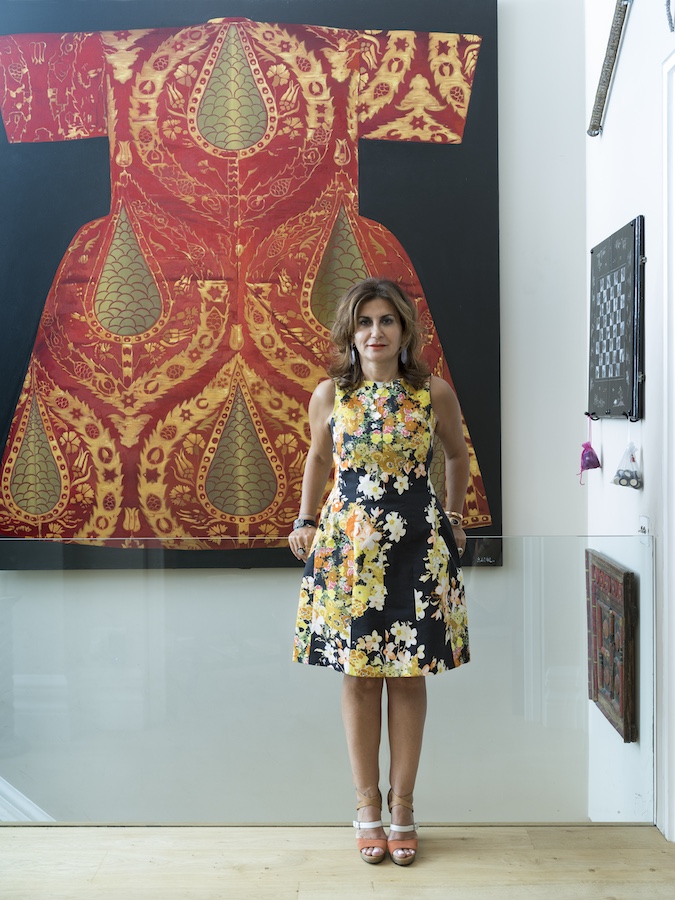DUBAI: Saudi writer and producer Mona Khashoggi’s latest production, “Sinbad the Sailor,” was staged on Tuesday at London’s Sadler’s Wells Theatre, blending traditional Arab storytelling with contemporary performance.
The family-friendly dance show was a vibrant reinterpretation of the legendary seafarer’s adventures, inspired by tales from “One Thousand and One Nights” and set in eighth-century Mesopotamia.

Khashoggi is a long-time advocate for reviving Arab arts through international collaborations. (Supplied)
The musical tells the story of Sinbad, who loses his fortune in a card game and goes on a journey to find new treasures. Along the way he faces sea monsters, wild adventures and magical caves. He meets a kind girl and together they find friendship, love and a way back home to Baghdad, where Sinbad inspires a young boy with his stories.
Khashoggi, a long-time advocate for reviving Arab arts through international collaborations, emphasized her decision to work with a global cast. “Because this is a dance show … I wanted the best ballet and contemporary dancers. My dancers are all professional from the Mathew Bourne school, English National Ballet and West End Musicals,” she told Arab News.

Staging Sinbad in London is part of Khashoggi’s broader mission to spotlight Arab culture for international audiences. (Supplied)
“My lead Mark Samaras is in ‘Moulin Rouge.’ My creatives are from the West End with awards. I wanted to push the bar high and introduce an Arab story,” she added. “Mona Khash Productions is a British production. I always work and produce my shows in London before we tour internationally. London and the West End shows are the center and capital of theater in the world.”
Staging Sinbad in London is part of Khashoggi’s broader mission to spotlight Arab culture for international audiences.

Traditional songs were gathered from Iraq, Lebanon, Egypt, Saudi Arabia and Syria, with the audience enjoying original compositions by Emirati composer Ihab Darwish. (Supplied)
“My work and passion is to revive our culture and bring it to a wider audience and international audience. My shows are educational and cultural. The dance and costumes are inspired by stories from ‘1001 Nights,’ set in Mesopotamia in the 8th century, during the era of Haroun El-Rashid and Queen Zubaida,” she said.
Traditional songs were gathered from Iraq, Lebanon, Egypt, Saudi Arabia and Syria, with the audience enjoying original compositions by Emirati composer Ihab Darwish.
Director and choreographer Anjali Mehra, whose credits include “Jesus Christ Superstar” and "Lord of the Rings,” said: “The Middle East offers so many exciting social and celebratory dances.
“I was inspired by certain steps, foot rhythms, arm movements and stage patterns. With a mixed heritage cast, we were able to combine modern storytelling dance with classical technique and Arabic steps to bring ‘Sinbad the Sailor’ to life,” Mehra added.



























